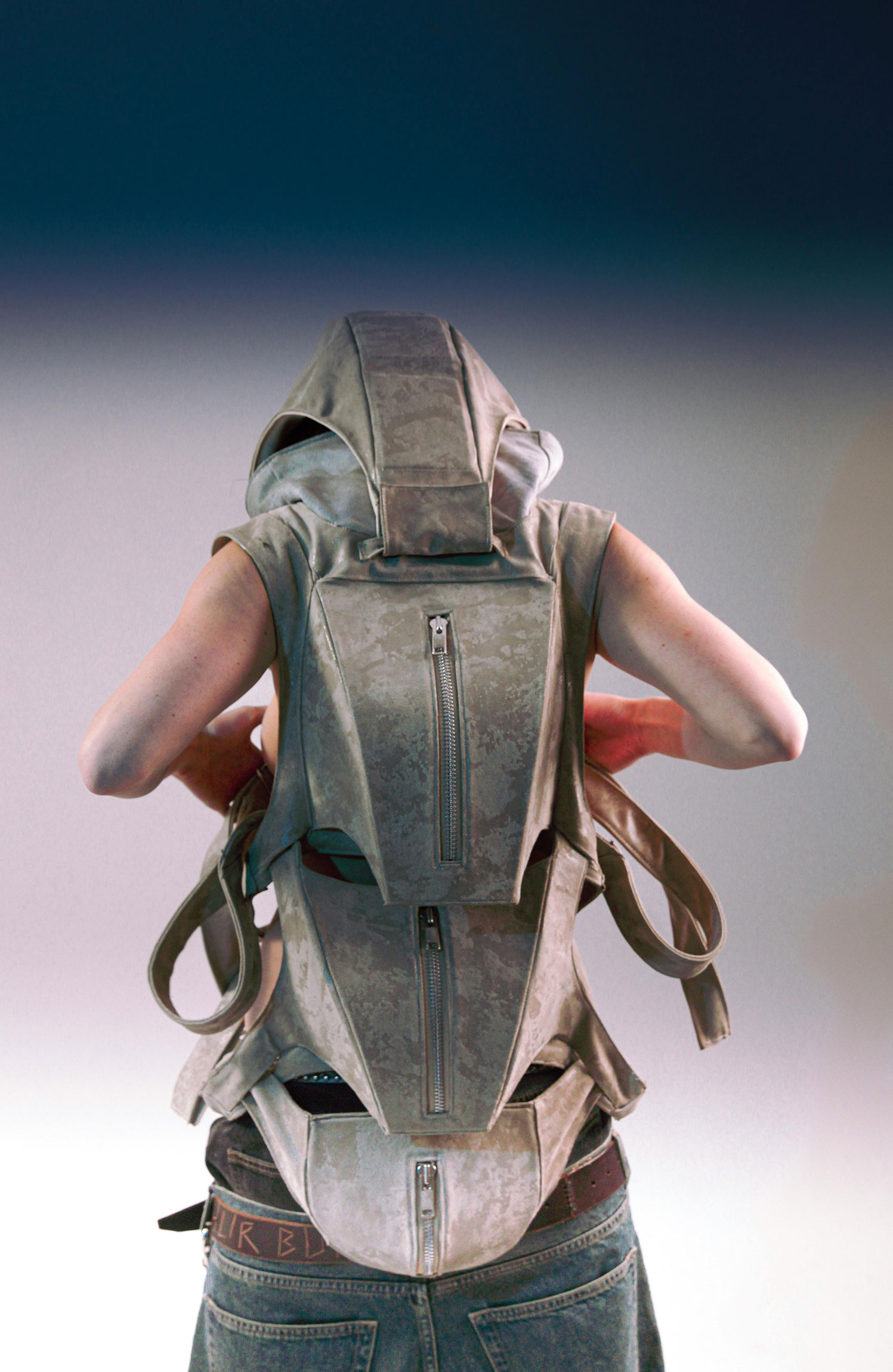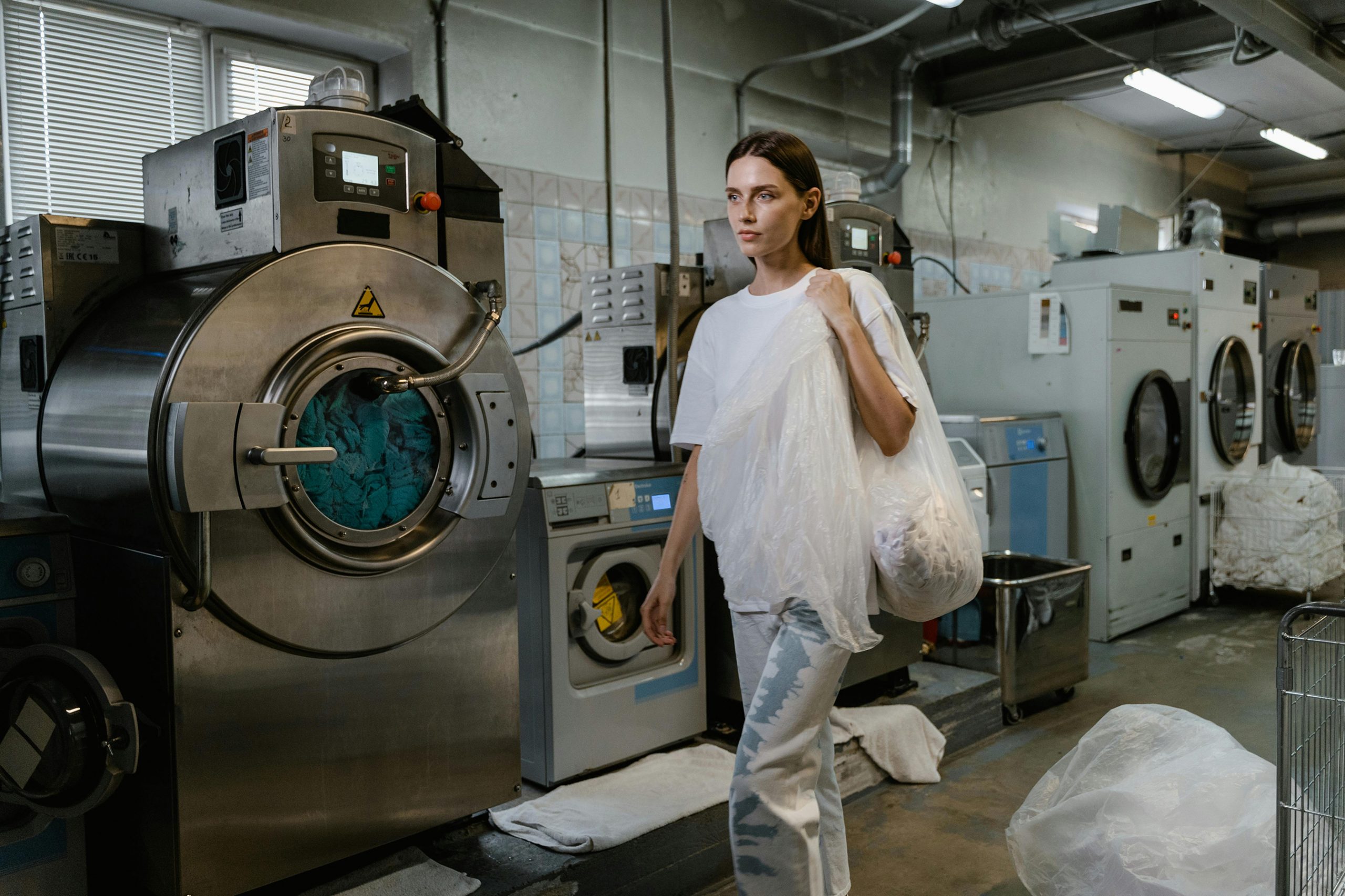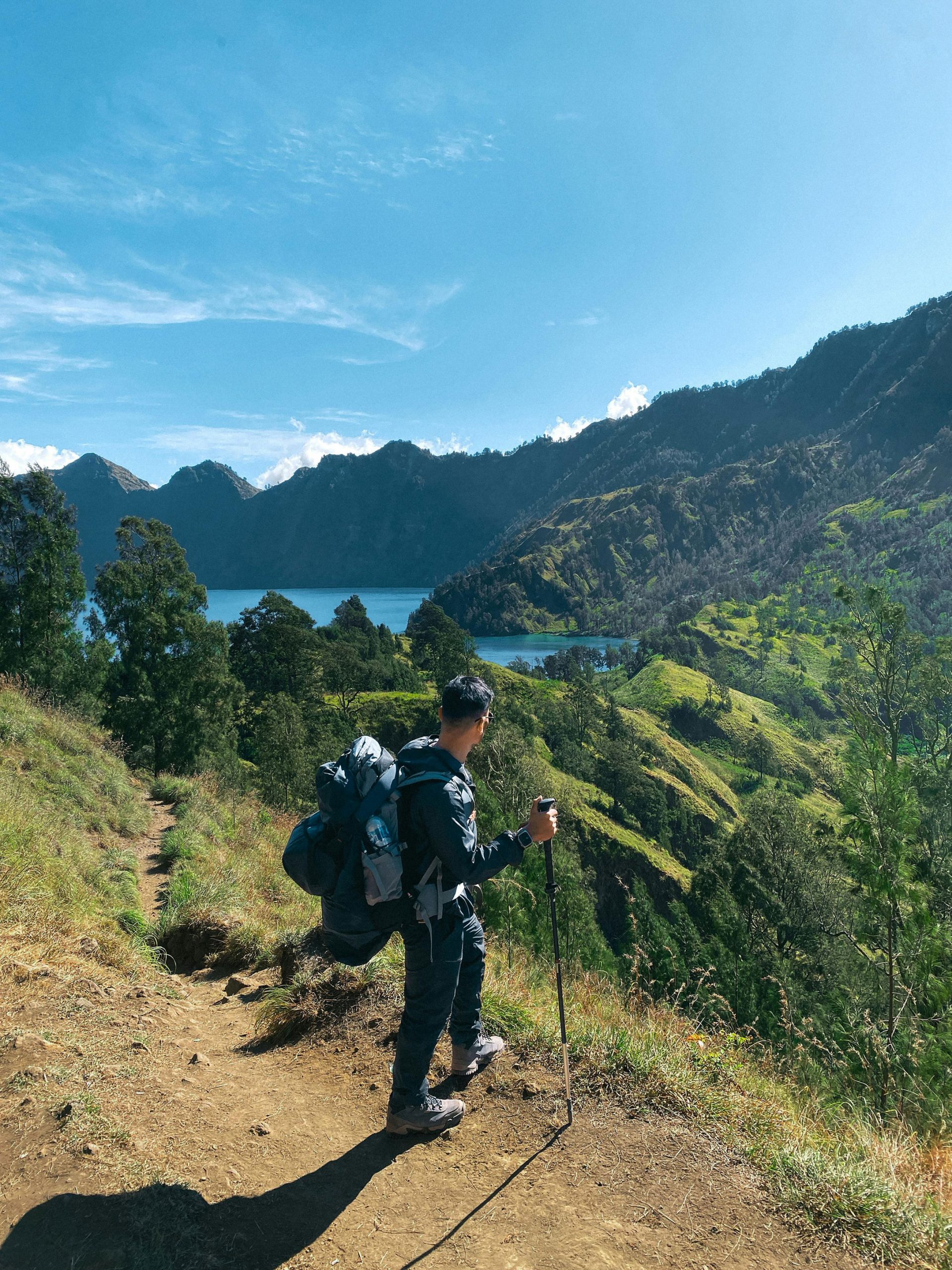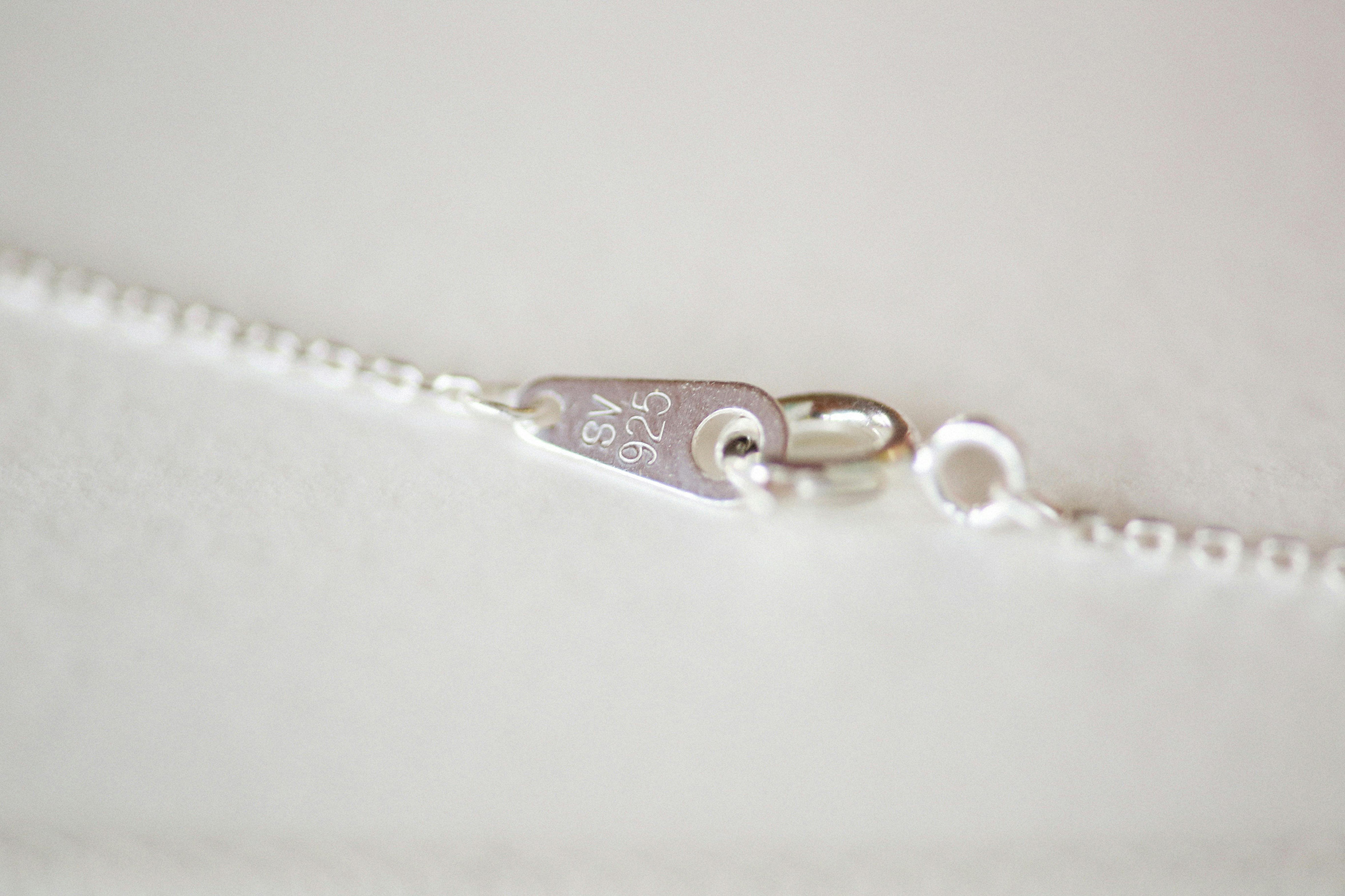Ever rushed through an airport with a heavy bag digging into your shoulder? Or hiked with a backpack that just felt wrong? What makes the difference between easy carrying and pure pain often comes down to how weight is spread out and how the bag is made to fit your body.
How Your Body Handles Weight
Your back isn’t made to carry weight unevenly. Throw a poorly designed bag over one shoulder, and you’re asking for trouble. Your spine has curves that help spread weight, but only if the weight is in the right place.
The International Ergonomics Association says that carrying more than 10% of your weight on one shoulder can change how you stand, right away. Your body shifts to balance the load, which can make your muscles tense up even after you take the bag off.
Weight Tricks: Making Physics Work for You
Good bag designs use basic physics to help your body, not fight it. The center of gravity is key. When weight is close to your back and in the middle of your shoulder blades, your body stays straight without much effort.
That’s why military and hiking backpacks have fancy systems to hold them. Shoulder straps, hip belts, and back panels move the weight from your shoulders to your hips and legs, which are stronger. Your hips can handle way more weight than your shoulders without messing up your posture or tiring you out.
Where You Put Stuff Matters
Good bag design isn’t just about adding pockets. Where you put things changes how the weight feels. Laptop spots near your back keep heavy stuff where it should be. Water bottle pockets on the outside might seem easy, but they pull weight away from your center, making you work harder to carry the bag.
The best bags put heavy stuff near your back, medium stuff in the middle, and light stuff on the outside. This makes the weight feel steady and move with you.
Good Materials Mean a Lot
Modern bags use good materials and ideas about how the body works. Padding that remembers its shape molds to your shoulder and back, spreading out the pressure. Fabrics that pull away sweat keep you cool and comfy.
Mesh on the back lets air flow, so you don’t get too hot. This also helps the bag last longer by stopping moisture from hurting it on the inside.
Straps: Like Car Suspension for Your Bag
Good bags have straps that are like they are made well. Shoulder straps should be wide enough to spread the weight but not so wide that you can’t move your arms. Good straps bend a bit to fit your shoulder and have ways to pull the weight up and in.
Adjustability is super important because everyone is different. A bag that fits right moves the weight to your bones instead of hanging from your muscles. That’s why hiking backpacks can be adjusted in many places.
Bags for Different Things
Different activities need different bags. A camera bag needs to be easy to get into but also needs to spread weight well. Work bags need to look good but also be comfy, with padding and spots for everything.
Travel bags need to be comfy for long periods and still fit on airplanes. The best ones squeeze down and can be changed to fit how much stuff you have.


How It Affects Your Health
Bad bags can cause problems over time. Leaning forward because of a heavy messenger bag can hurt your neck. Carrying weight unevenly can mess up your muscles and give you back pain. That’s why buying a good bag isn’t just about feeling good now. It’s about taking care of yourself in the future.
How to Pick the Right Bag
When you’re looking at bags, think about how much weight you usually carry, how long you carry it, and what you do when you carry it. Try the bag out with weight in it, not empty. See how it feels after five minutes. If it hurts, it’s not a good fit.
Look for straps that lift the weight, hip belts on big bags, and spots for stuff that help spread the weight right. The most costly bag isn’t always the best, but bags that are made with good ideas cost more because they use better stuff and are made well.
What’s Next for Bags
New materials that change how firm they are based on weight, sensors that tell you how you’re standing, and custom-fit parts made with 3D printers are coming soon.
But the main ideas will stay the same: work with your body, spread weight smart, and think about feeling good in the long run.
Wrapping Up: Your Daily Comfort Is Worth It
How comfy a bag is isn’t just a fancy thought. It’s something that matters every day. Whether you go to work, travel, or hike, knowing about weight and how bags fit helps you pick the right one.
Your body carries you. Pick a bag that does the same for it.
#BagComfort #WeightTips #ComfyTech #BackpackDesign #FeelGoodDesign #TravelStuff #BackpackFit #StandRight #BagScience #EasyBags #BackPackStuff #ComfyBags #TravelComfy #BackHelp #CarryRight



